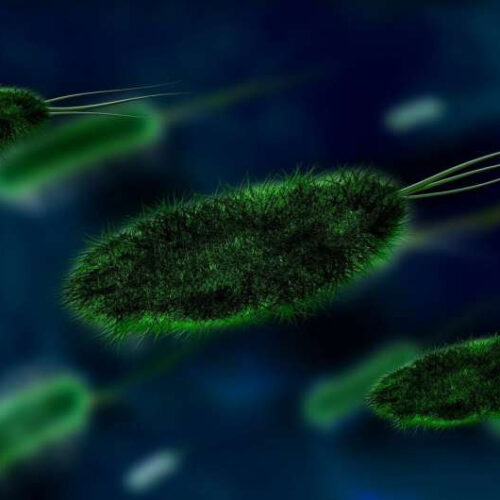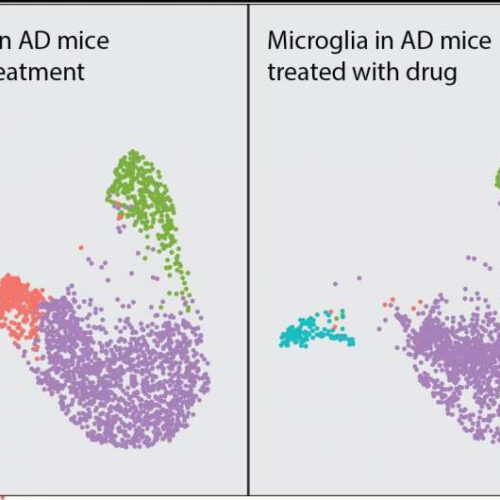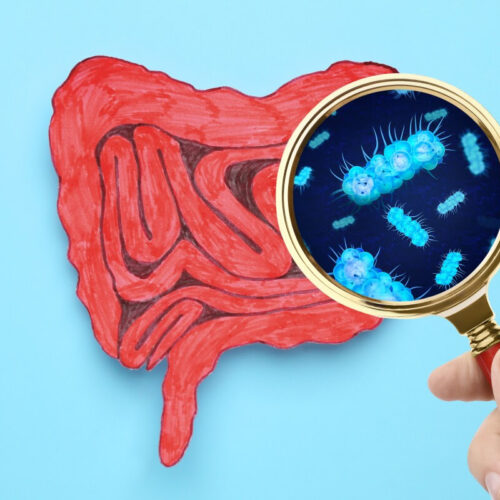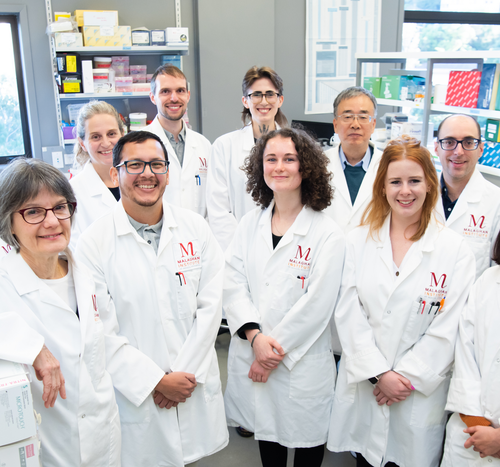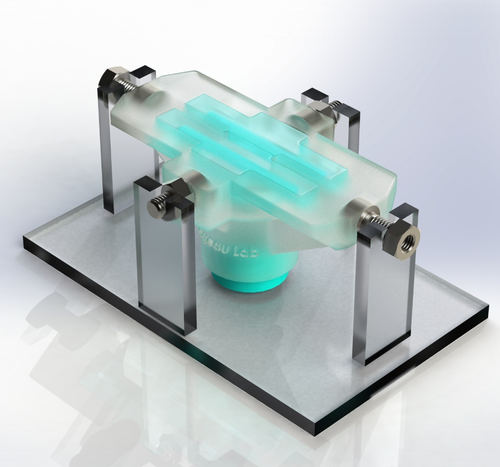by Massachusetts General Hospital Credit: Unsplash/CC0 Public Domain In a recent study published in Nature Biomedical Engineering, a team led by researchers at Massachusetts General Hospital (MGH) has demonstrated that magnetic resonance imaging (MRI) and artificial intelligence (AI) can be used to detect early signs of tumor cell death in response to a novel virus-based cancer...
New research shows effectiveness of ointment that kills antibiotic-resistant bacteria
by Bill Bangert, University of Cincinnati Credit: Pixabay/CC0 Public Domain Research from the University of Cincinnati College of Medicine shows that use of a topical drug called AB569, a combination of acidified nitrite and EDTA (or ethylenediaminetetraacetic acid) promotes killing of antibiotic-resistant bacteria while enhancing the healing of wounds in a variety of burn injuries....
Targeting the brain’s immune cells may help prevent or treat Alzheimer’s disease
by Weill Cornell Medical College Single cell RNA-seq analysis of microglial response in a mouse model of Alzheimer’s disease. Treatment with experimental drug MK2206 depleted a subcluster of disease-associated microglia (pink) and protected against synaptic loss (not pictured). Each dot depicts one microglial cell. Different colors depict different microglial states. Credit: Dr. Li Gan. A...
Human trial finds common food additive alters gut microbiome
By Rich Haridy November 30, 2021 New research looked at how a common food additive used as an emulsifier influences the gut microbiome NewAfrica/Depositphotos A first-of-its-kind study investigating the effects of a common food additive on human gut bacteria has found the emulsifier carboxymethylcellulose can alter the quality and composition of the microbiome and potentially...
CAN SELFIE SOFTWARE PREDICT IF YOU’LL DEVELOP PARKINSON’S?
Every day, millions of people take selfies with their smartphones or webcams to share online. And they almost invariably smile when they do so. “WHAT IF, WITH PEOPLE’S PERMISSION, WE COULD ANALYZE THOSE SELFIES AND GIVE THEM A REFERRAL IN CASE THEY ARE SHOWING EARLY SIGNS?” Computer vision software—based on algorithms that the researchers have...
Reading with your toddler? Books may beat screens
by Dennis Thompson Healthday Reporter Parents who want to read to their toddlers and give them a developmental boost ought to pick up a traditional paper book rather than an e-book on a tablet, a new study reports. Toddlers are more likely to interact with their parents when they’re sharing a paper children’s book rather...
Breaking the chain that culminates in cancer
COLD SPRING HARBOR LABORATORY IMAGE: SQUAMOUS CELLS MAKE UP THE OUTER LAYER OF SEVERAL ORGANS, SUCH AS SKIN, TONGUE, AND ESOPHAGUS. THIS IMAGE SHOWS A TUMOR FROM A PATIENT WITH SQUAMOUS CELL CARCINOMA. THE CANCER CELLS OVERPRODUCE A CANCER-CAUSING VERSION OF THE PROTEIN P63, CALLED ∆NP63Α (STAINED BROWN IN THIS IMAGE). HIGH LEVELS OF ∆NP63Α...
Discovery points to the skin as ‘ground zero’ for allergic disease
MALAGHAN INSTITUTE OF MEDICAL RESEARCH IMAGE: THE MALAGHAN INSTITUTE’S IMMUNE CELL BIOLOGY TEAM (PROF FRANCA RONCHESE SECOND FROM LEFT) CREDIT: MALAGHAN INSTITUTE OF MEDICAL RESEARCH The discovery throws into question the long-held belief that immune cells behave in the same way, regardless of where they are in the body, which has far-reaching implications for allergic...
Synthetic tissue can repair hearts, muscles, and vocal cords
MCGILL UNIVERSITY IMAGE: A RENDERED IMAGE OF THE VOCAL CORD BIOREACTOR FOR TESTING THE HYDROGELS. CREDIT: ZIXIN HE Combining knowledge of chemistry, physics, biology, and engineering, scientists from McGill University develop a biomaterial tough enough to repair the heart, muscles, and vocal cords, representing a major advance in regenerative medicine. “People recovering from heart damage...
Correcting inherited gene alterations speeds up
UNIVERSITY OF HELSINKI Researchers in the University of Helsinki and University Hospital Helsinki have developed a method to precisely and rapidly correct genetic alterations in the cultured patient cells. The method produces genetically corrected autologous pluripotent stem cells from a 2-3 mm skin biopsy from patients with different genetic diseases. The corrected stem cells are...


